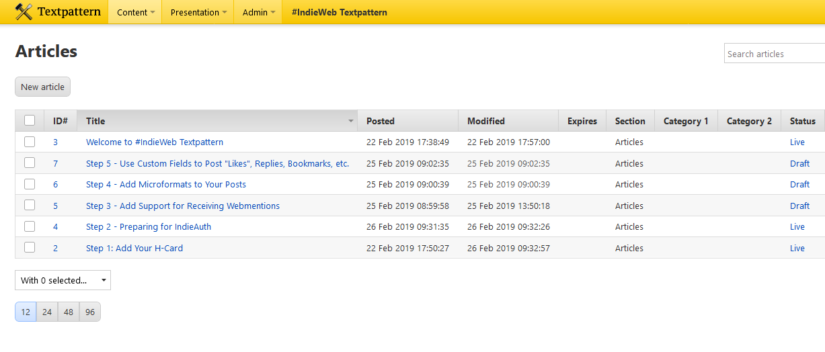With all this iPhone hoo-ha happening of late, I’ve finally started thinking about this “mobile web” thing. It’s been hard not to, with all the noise about iPhone SDKs – or lack thereof. Personally, I’m all for the whole web app thing when it comes to phones. Maybe it’s just me, but it makes sense. Obviously there’s the local data storage issue, but I’m sure some bright spark will figure out a solution some day.
Anyway, where was I going with this? I forgot. Oh yes… Blogging from a phone. We have WordPress, MovableType, SimpleLog, Textpattern, and so on, but they’re all desktop web browser dependent. Most are graphic – and JavaScript – heavy. Most which I have tried out reward larger screen estate. These are all major limitations of the mobile web as it stands.
This week I will be getting my hands on my new phone. It’s not an iPhone, but an HTC P4350. We’ve been using them at work for a while now, and they rock pretty hard. Yes, yes, I know I’m a Mac user, and it’s a Windows Mobile device… big whoop. Anyway, I’d love it if there we a nice blogging tool like the afore-mentioned WordPress, etc, which featured a nice, mobile optimised writing interface in addition to the fully-featured desktop version. Something which fits a 240×320 screen nicely.
I have a feeling though that if I want something like this, I’ll have to make it myself. Which is a shame, because it means it’ll probably never get done…
